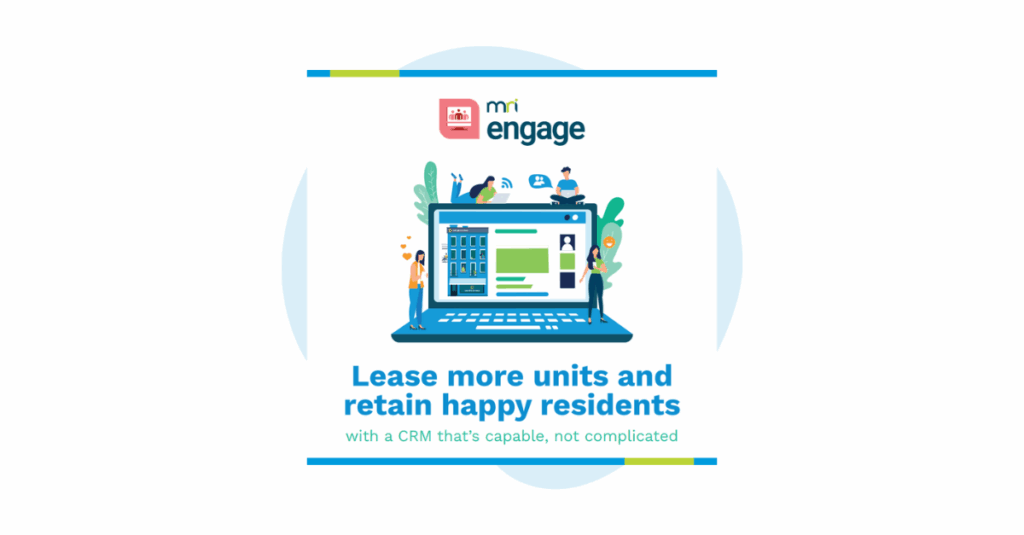Be SMART with Goals
Many companies have adopted S.M.A.R.T. goals as described by Paul J. Meyer in Attitude Is Everything: If You Want to Succeed Above and Beyond. Recent literature has expanded on the S.M.A.R.T. framework to be S.M.A.R.T.E.R., which includes evaluation and re-evaluation phases. The focus of S.M.A.R.T goals is to provide a foundation so that any goal/resolution has a higher probability of success. The focal points of S.M.A.R.T include:
 S- Specific
S- Specific
M- Measurable
A- Achievable
R- Realistic
T- Timely
With this framework in mind, now is a great time to review business goals to see if there are areas for improvement. If a business goal is for every property to increase collections by 2%, dive deeper into this goal to determine if it is a SMART choice.
Goal: Increase property collections by 2%
SWhile the 2% looks to be specific, is the goal to increase collections overall by 2% based on the previous year’s collections? Based on the industry standard for collections? Why 2% instead of 5% of an increase? Who is responsible for the increase in collections? Does the property have the entire year to meet this goal?
MThe goal appears to be measurable since the property needs to collect an additional 2%; however, without knowing which number is the base( i.e. total accounts receivable for the month vs. total accounts receivable from the previous year) this could cause confusion. What measurement is the baseline against the goal?
AIs 2% a realistic goal? What does increasing collections by 2% achieve? Are collections behind at the property and the 2% goal is the amount deemed reasonable for achievement? Is there a secondary goal? Should the property achieve a 2% increase by mid-year?
RIs increasing collections by 2% relevant to the property/business? Are there other areas of managing the property such as maintenance satisfaction surveys or marketing that could be better served with the effort over the 2% goal for collections? Is 2% overly optimistic for an increase in collections? Will there be other work efforts that will make reaching this goal less likely?
TWhat is the timeframe for reaching this goal? Will it be at the end of the fiscal year? How often will progress on this goal be tracked (i.e. quarterly or monthly)?
Do not let this year be another lost opportunity on meeting goals. Define your business and personal goals the SMART way to build on a year of success!

How to make every task simpler for residents and leasing teams
Every multifamily professional is doing their best to drive higher occupancy, but nurturing leads from the first hint of interest to a signed lease is a heavy enough lift without overcomplicated software weighing you down. Leasing teams need a powerf…

